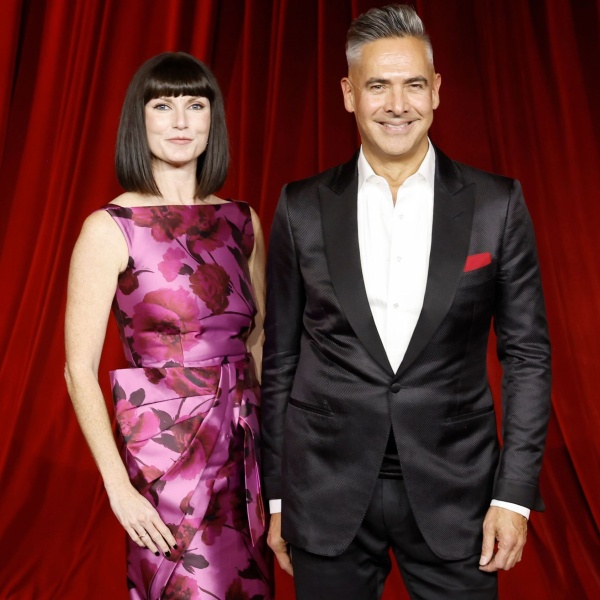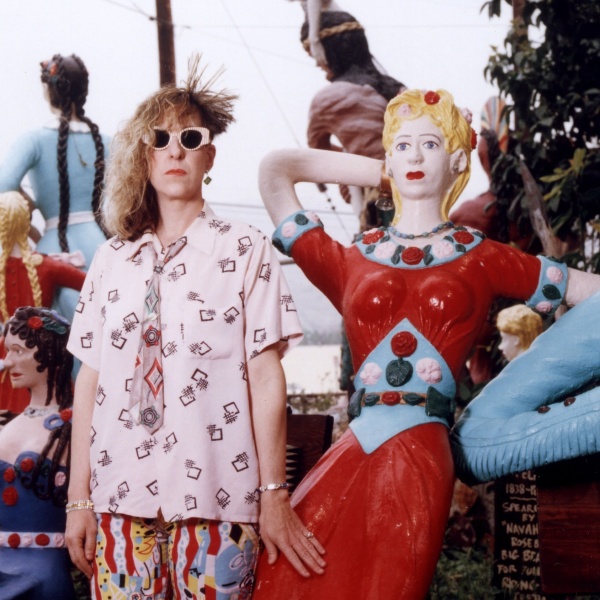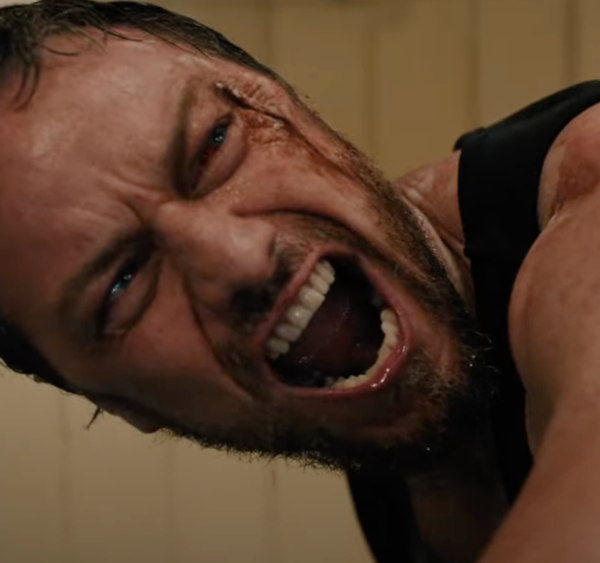
About a year ago, Disney released “The Princess and the Frog,” their joyful, totally brilliant return to hand-drawn animation. And nobody fucking went. Sure, Princess Tiana toys flew off the shelves of Target stores nationwide, but this was probably to be expected when the studio finally allowed an African American character into the hallowed stable of Disney princesses. But the movie, as a whole, didn’t do exceptionally well, putting into doubt the viability of the Disney Princess line of products which, amongst other things, has put the Fantasyland expansion at Walt Disney World into question and forced the brass to change the title of this year’s animated entry, from the instantly identifiable “Rapunzel” to the more nebulous “Tangled.”
This title change, which very literally signified a lack-of-character, is an apt description of the movie itself. “Tangled” is pretty to look at (even prettier in 3D), but where “Princess and the Frog” was filled with the tactile sensory details of period New Orleans, this is relatively, well, flat, set in that ill-defined medieval realm where most fairy tales take place, with a character that can’t help but feel, post-“Frog,” hopelessly white-bread.

“Tangled” begins with fairly standard storybook narration gobbledygook: something about a light from the sun that plants itself as a flower in a mythical kingdom. The flower is mined for its healing abilities, which saves the queen’s life and gives the princess, our heroine Repunzel (played in maturity by Mandy Moore) long, luxurious hair that has the power to, for reasons that aren’t entirely clear but have something to do with the aforementioned gobbledygook, turn back the hands of time and heal even the most grievous wound. So, sensing opportunity, a vain old witch Mother Gothel (Donna Murphy) spirits the child away, imprisoning her in a solitary tower and feeding off of her live-giving glow.
We flash forward fifteen years or so to find Rapunzel, now an anxious young woman, busying herself about her tower, with only her chameleon, Pascal (who just squeaks like a dog toy), to keep her company. This is all told in one of the so-so songs by Alan Menken and Glen Slater. We should take this opportunity to say that the songs are one of the biggest downsides to “Tangled.” Sure, they’re energetic and have a certain amount of toe-tapping flair, but we’re a long way from “The Little Mermaid” or “Aladdin” here, and even when compared to the Randy Newman numbers from “Princess and the Frog,” they pale in comparison. This is true of even the witch’s song, the unmemorable nature of which seems even more grievous, given that it’s the villain’s number that usually brings the house down (see also: “Mermaid,” “The Hunchback of Notre Dame,” etc.). You won’t be leaving the theater humming any of these tunes.
So while Rapunzel waits for her life begin, we cut away to the kingdom. Enter Flynn Rider (Zachary Levi) and the Stabbington Brothers (only one talks, thanks to Ron Perlman), daring rogues who have just lifted a priceless tiara from the kingdom. Pursued by royal guards (and a particularly dogged horse, named Maximus), Rider finds Rapunzel’s tower and, seeking shelter, enters.
What follows is your fairly standard buddy comedy/romantic comedy routine: Rapunzel wants to go to the kingdom to see the yearly release of lanterns, which, she doesn’t know, are set off by the king and queen on the princess’ birthday in an effort to draw her back home. Rider just wants his stash and to get as far away from the kingdom as possible. They’re both evading the Stabbington Brothers, as well as the royal guards (and horse) and Rapunzel’s witchy ward. Rapunzel adjusts to life outside the tower, Rider learns not to be such an asshole, and, of course, a happily ever after ensues.
“Tangled” is notable in that it’s a fairly straightforward fairy tale. Early reports that it was attempting to be a little tongue-in-cheek have been greatly exaggerated. In a post-“Shrek” world it has a shocking amount of earnestness; there isn’t a cynical or sarcastic bone in its body. Yes, Rider is a rogue, but Levi does a kind of Ron Burgundy shtick that’s more endearing than off-putting. The movie starts off with a special title card announcing “Tangled” as Walt Disney Feature Animation’s 50th Animated Film, and you can tell that the filmmakers (Nathan Greno and Bryon Howard) took that legacy very seriously. The question is whether they took things too seriously.
Most of the time this is a good thing. Villains and heroes are easily identifiable, and there’s a kind of comfort in its storybook designs. Everything is gorgeously lit and colored for the maximum “awww shucks” warmth. But this is also 2010, and the antique can quickly feel entombed. Take, for instance, Rapunzel, who wants to be free of her imprisonment but how free can she possibly feel, if the second she’s outside of the tower she falls in love with a man? A kept woman is still a kept woman, after all. (This is especially disappointing because Mandy Moore’s performance is so strong and full of life.)
Both the opening narration (by Rider) and our vainglorious villain will remind some of “The Emperor’s New Groove,” the much-maligned 2000 animated feature that has built something of a cult following in the years that followed. But “Tangled” lacks both “Groove’s” snappy bite and single point-of-view. In its cuddly innocence, “Tangled” doesn’t make much of an impression.
From a technological standpoint, too, “Tangled” doesn’t break much new ground. Originally, when the film was under the supervision of famed animator Glen Keane (who left the project not long ago due to vaguely defined health issues), the movie was going to be rendered in a painterly style, using a program developed for “Bolt” that replicated brush strokes in the computer. At some point this idea was abandoned, replaced with an emphasis on the fluidity of characters’ movement, which, it should be said, is pretty striking. Rapunzel, in particular, moves with an organic gracefulness that really is stunning to watch; it’s like ink and paint sliding back and forth on a computer screen.
In fact, in the end it’s hard not to be at least a little bit beguiled by “Tangled.” Its very squareness is also its biggest asset, with a well-told story with sharply designed and animated characters trumping any amount of technological innovation or seemingly hip pop culture references. (It’s a much better film than the awful “Megamind,” which seems to be all techy flash and up-to-the-minute cultural winks and nods.) Many times the story will just stop and allow the audience to take in the beauty of the production, letting the film breathe in a way few animated films do. As far as classic Disney princess stories go, it’s a fine new addition, something that everyone can go to and enjoy (whether or not it’s in 3D is totally up to you; we saw it twice before filing this review — once in 2D and once in 3D, and we can’t say it made a whole lot of difference). As the 50th film in a solid legacy of animated greats, it might not be the happiest ever after, but it’s still a fine fairy tale. [B-]





